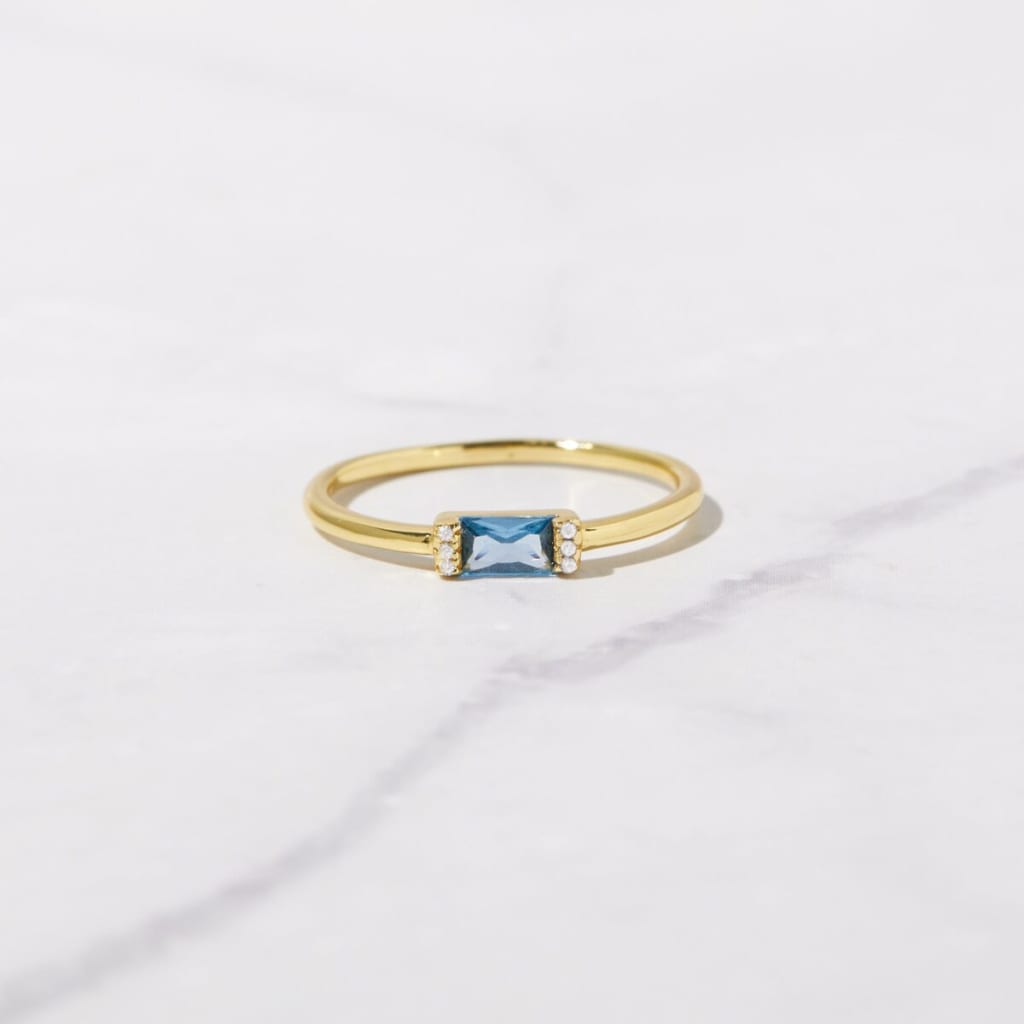The Role of 925 Silver Jewelry in Tribal Cultures
Let’s explore how 925 silver jewelry is used and valued in different tribal cultures.

925 silver jewelry has played a significant role in various tribal cultures around the world, serving not only as adornment but also as a symbol of identity, status, and cultural heritage. This type of jewelry, known for its beauty and durability, is often intricately crafted and imbued with deep cultural meanings. Let’s explore how 925 silver jewelry is used and valued in different tribal cultures.
The Cultural Significance of 925 Silver Jewelry
1. Symbol of Status and Wealth
Adornment and Display: In many tribal societies, silver jewelry is a symbol of wealth and status. Elaborate silver pieces are often worn during important ceremonies and festivals to display affluence and social standing.
Inheritance and Dowries: Silver jewelry is frequently passed down through generations as family heirlooms. It is also commonly included in dowries, symbolizing prosperity and the union of families.
2. Spiritual and Protective Qualities
Amulets and Talismans: Many tribes believe that silver has protective and healing properties. Silver amulets and talismans are worn to ward off evil spirits and bring good fortune.
Ritual Significance: Silver jewelry is often used in religious and spiritual rituals, symbolizing purity and connection to the divine.
3. Identity and Heritage
Tribal Identity: Specific designs and motifs in silver jewelry can signify tribal affiliation and identity. These designs are unique to each tribe and hold cultural and historical significance.
Storytelling: The intricate patterns and symbols on silver jewelry often tell stories of tribal myths, legends, and ancestral heritage.
Examples of 925 Silver Jewelry in Tribal Cultures
1. Native American Tribes
Navajo: Navajo silver jewelry is renowned for its craftsmanship and use of turquoise stones. Concho belts, squash blossom necklaces, and cuff bracelets are iconic pieces that symbolize Navajo heritage and artistry.
Hopi: Hopi silver jewelry features intricate overlay techniques, often depicting traditional symbols such as kachinas, animals, and nature elements.
2. African Tribes
Tuareg: The Tuareg people of the Sahara desert are known for their exquisite silver jewelry, including intricate necklaces, earrings, and bracelets. The cross of Agadez is a famous Tuareg symbol, believed to protect against evil.
Berber: Berber tribes in North Africa create stunning silver jewelry adorned with enamel and semi-precious stones. These pieces often feature geometric patterns and symbols representing fertility, protection, and strength.
3. Asian Tribes
Hmong: The Hmong people of Southeast Asia craft beautiful silver jewelry, including necklaces, earrings, and bracelets. These pieces often feature detailed engravings and are worn during important ceremonies and festivals.
Hill Tribes of Thailand: The Karen and Akha tribes are known for their handcrafted silver jewelry. Karen silver jewelry is characterized by its high silver content and unique, hammered textures, while Akha pieces often feature intricate beadwork and patterns.
4. Latin American Tribes
Quechua and Aymara: Indigenous tribes in the Andes region, such as the Quechua and Aymara, create silver jewelry that reflects their rich cultural heritage. Traditional pieces include chokers, earrings, and pendants featuring motifs from nature and Incan mythology.
Mapuche: The Mapuche people of Chile and Argentina produce striking silver jewelry, including large, elaborate breastplates, earrings, and headpieces. These items often symbolize power, fertility, and protection.
The Craftsmanship of 925 Silver Jewelry
1. Traditional Techniques
Handmade: Many tribal cultures continue to use traditional, handcrafting techniques passed down through generations. This artisanal approach ensures each piece is unique and imbued with cultural significance.
Engraving and Embossing: Intricate patterns and symbols are often engraved or embossed onto silver jewelry, adding depth and meaning to each piece.
2. Use of Natural Elements
Gemstones and Beads: Many tribes incorporate natural elements such as turquoise, coral, and agate into their silver jewelry. These stones add color and additional symbolic meanings.
Organic Shapes: Designs often reflect the natural world, with motifs inspired by animals, plants, and celestial bodies.
Modern Influence and Preservation
1. Global Appreciation
Cultural Exchange: The beauty and craftsmanship of tribal silver jewelry have gained global appreciation, leading to a greater understanding and respect for these cultures.
Fashion and Art: Tribal-inspired silver jewelry has influenced modern fashion and art, with designers incorporating traditional motifs into contemporary designs.
2. Preservation Efforts
Cultural Heritage: Efforts to preserve and promote traditional silver jewelry-making techniques help maintain cultural heritage and support indigenous artisans.
Fair Trade Practices: Supporting fair trade initiatives ensures that artisans receive fair compensation for their work, helping to sustain their communities and traditions.
Conclusion
925 silver jewelry plays a vital role in tribal cultures worldwide, symbolizing wealth, status, spiritual beliefs, and cultural identity. The intricate designs and craftsmanship of these pieces reflect the rich heritage and traditions of each tribe. As global appreciation for this art form grows, it is essential to support efforts that preserve and promote the traditional techniques and cultural significance of tribal silver jewelry. By doing so, we can help ensure that these beautiful and meaningful pieces continue to be cherished for generations to come.
About the Creator
Enjoyed the story? Support the Creator.
Subscribe for free to receive all their stories in your feed. You could also pledge your support or give them a one-off tip, letting them know you appreciate their work.





Comments
There are no comments for this story
Be the first to respond and start the conversation.